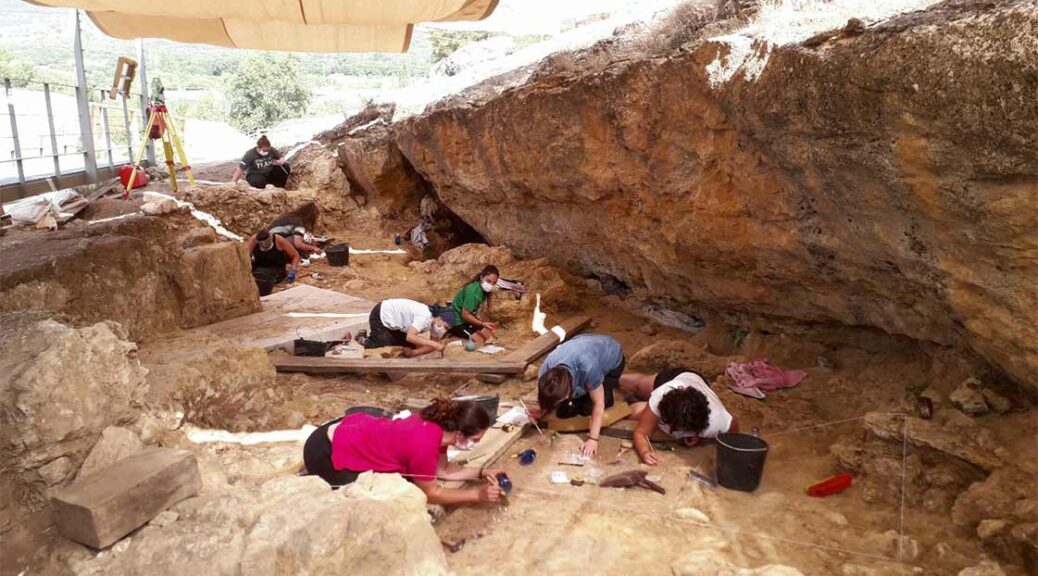IN MADRID, A 76,000-YEAR-OLD NEANDERTHAL HUNTING CAMP WAS DISCOVERED
In Madrid, scientists found an old camp where 76,000 years ago Neanderthals had “hunting parties” to hunt large rashes and hare. The largest such camp in the Iberian Peninsula, archaeologists believe, has an area of 3,200 square metres (300 square meters).
You assume that the intermediate may have worked between the Neandertals chasing their prey and the location of last consumption, in which the entire community would use the resources collected by the hunting groups.
Researchers have assisted to make a finding by analysing fauna at the Abrigo de Navalmaylo site in Pinilla del Valle, Madrid.
We have shown with great confidence that the Navalmaillo neanderthals predominantly hunt for huge bovids and deeres and that they would eventually migrate to a second point of reference, says Abel Moclán, a principal author of the paper and a researcher at the National Center for Human Evolution Research.
‘This feature is quite fascinating as the Iberian Peninsula has relatively few deposits where such behaviour.
‘We’ve been using extremely sophisticated statistical techniques like Artificial Intelligence for all these things.
Archeologists have already uncovered evidence of other activities in the region of Neanderthals, like stone instruments or the use of fire.
Researchers assume it was a short-term basis for Neanderthal tribes with this recent discovery.
Animals were locally collected, brought to the camp and sections of them were sent elsewhere after their processing.
All aspects of butchery and the extraction of marrow from lengthy bones have been found, which indicate an interest in acquiring this food.
The on-site employment of livestock is a concentration on hunting big bowls, cervids or deers. The researchers claimed that horses, rhinocéros and small-scale animals were far less often used.
The activity of carnivores was also discovered, however the remnants of little prey, or corpses left in the camp by human hunters, were left behind most of these animals, including hyenas.
The authors of the research stated, “Navalmaillo is one of the rare archaeological sites in Iberia to be interpreted as a hunting camp, although it is likely that additional hunting camps are still located in the iberian peninsula.”
Earslier this month, other studies suggested our distant ancestors were more artistic than originally imagined, with cave drawings created from Neanderthals of swirling dots, ladders, animals, and hands.
Malaga in Spain is a flowstone formation in the Cueva de Ardales, which was initially considered to be a natural iron oxide coating, produced by flowing water.
However the red residue samples allowed a researcher at the University of Barcelona to re-examine the origins and determine that it was made 65,000 years ago by Neanderthals.
They discovered that neanderthals were deliberately applying the ochre-based pigment, since modern people must yet exist on the European continent.




